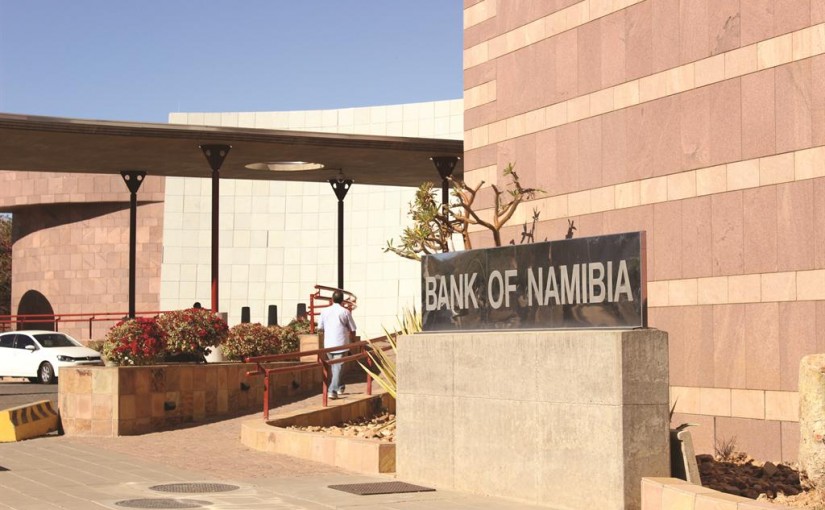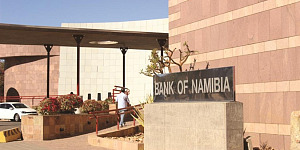Namibia's central bank cut its benchmark repo rate by another 25 basis points to 6.25 percent, its third rate cut in the current easing cycle, saying this is "to support domestic economic activity and to maintain the one-to-one link between the Namibia Dollar and the South African Rand."
Bank of Namibia's (BOM) rate cut follows that of the South African Reserve Bank's surprise rate cut on Jan. 16 in response to a lower inflation forecast and an improved risk profile.
Namibia's central bank has now cut its rate three times by a total of 75 basis points since it began easing in August 2017 and twice since August 2019
The Namibian dollar trades in a one-to-one rate to the volatile South African rand, which has fallen this year, reversing some of the rise seen from August 2019 to the end of the year.
"The stock of international reserves remained sufficient to support the currency peg," BOM said, adding international reserves were N$31.0 billion as of Jan. 31, down from N$32.5 billion as of Oct. 31, 2019. enough to cover 4.4 months imports.
Namibia's inflation rate has declined steadily since April last year to average 3.7 percent in 2019 from 4.3 percent in 2018.
In January inflation fell further to 2.1 percent as inflation for housing rents turned negative, the central bank said, forecasting average inflation in 2020 of below 5.0 percent.
"Domestic economic activity contracted in 2019 relative to 2018," BOM said, adding growth in private sector credit extension (PSCE) had risen marginally to 6.8 percent during 2019 from 6.3 percent in 2018, with growth to individuals slowing and rising slightly to retail, real estate, financial and other service sectors.
In the third quarter of 2019 Namibia's gross domestic product shrank an annual 0.8 percent, the fourth quarter of contraction on an annual basis, but up from a contraction of 2.9 percent in the second quarter.
In December BOM said the contraction was mainly seen in the mining, and wholesale and retail trade sectors, with the weak performance of mining due to lower output of diamonds, uranium and zinc concentrate.
"The domestic economy is projected to improve in 2020," BOM said today, noting transport and construction sectors had improved in 2019.




































